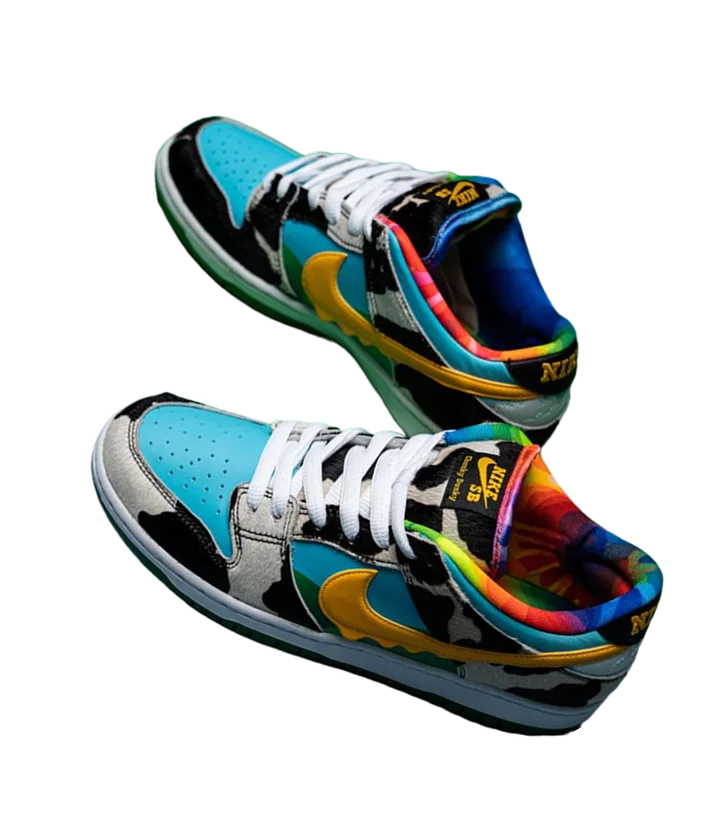After 10 Years, We're Finally Taking 3D-Printed Sneakers Seriously
PublishedQuick Facts
- 3D printed footwear continues to grow
- Innovations from the likes of Zellerfeld have pushed this industry forward
- Cornelius Schmitt, founder of Zellerfeld, spoke to Sole Retriever about the industry
- Schmitt says faster print speeds and larger production capacity will soon make “printed shoes on every foot” possible, while
- Nike teamed up with Zellerfeld to print the Air Max 1000
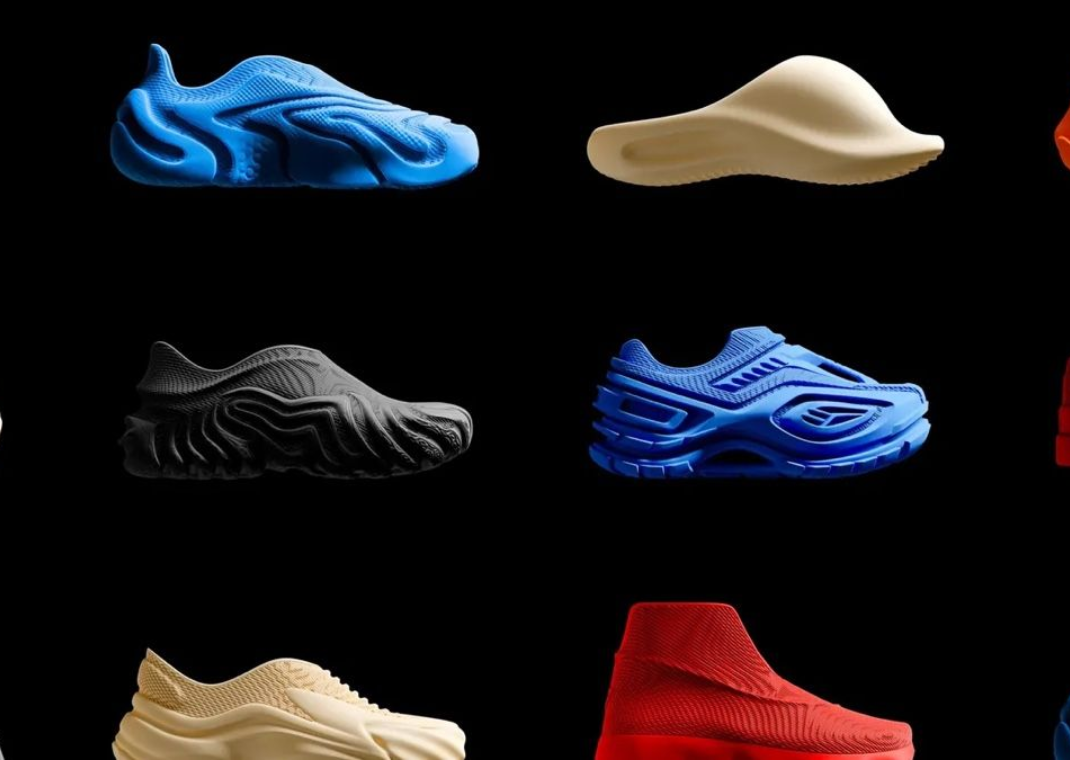
When adidas first took the wraps off the Futurecraft 3D a decade ago, it felt like a glimpse straight into the future. The German sportswear giant promised a world where sneakers would be digitally sculpted to each runner’s stride – where manufacturing lines could be replaced by printers, and customization would be limitless. The Futurecraft 3D’s latticed midsole, made entirely from resin and light, was unlike anything we had ever seen before.
For a while, it seemed almost believable. Follow-up silhouettes like the Alphaedge 4D and 4DFWD attempted to bring that same futuristic vision to market, complete with bold marketing and big collabs with Daniel Arsham, Ronnie Fieg, and Yohji Yamamoto. But as the years went on, reality crept in. 3D printing was expensive, production was slow, and while those sneakers looked the part, they didn’t quite revolutionize the industry in the way many had expected. The tech was all there – but the scalability wasn’t.
Then came Zellerfeld.

Founded by industrial engineer Cornelius Schmitt, the Hamburg-based company did what no one else had managed: build an entire shoe – not just a sole – from a single piece of 3D-printed material. No glue, no stitching, no separate upper and midsole. Each pair is printed to order from recyclable TPU, meaning it can be melted down and reprinted endlessly. Projects with Heron Preston, KidSuper, and even Moncler gave it street cred, but it’s the technology that’s really stealing the spotlight.
Schmitt’s ambition is clear. “What I’m excited about for next year is how more scale will impact things,” he tells Sole Retriever. “We’ve always been vocal about our belief in printed shoes on every foot, but for the first time, we’ll be able to fulfill millions of pairs thanks to faster print speeds – five times faster than two years ago – and better production processes.”
That scale is what makes Zellerfeld’s approach so different. It’s not just an art piece or an experiment, it’s a genuinely viable system. “Once you wear a custom-fitted shoe from us with our soft uppers, you’ll never want to have any other shoe anymore. That’s the number one reason we chose the platform approach: every brand builds their design onto the same inner shape, so every shoe fits the same.”
And it’s not just smaller labels getting involved either. “More traditional brands will be joining,” Schmitt says, noting that Zellerfeld’s design library will likely grow from 100 to over 1,000 next year. That means more variety – and, crucially, more familiar shapes.
“Although the technology opens up crazy new silhouettes, people love seeing something that looks like an Air Max, for example. I think that’s a massive opportunity for creators,” he adds. Every designer on Zellerfeld’s platform earns 60% of each shoe’s gross profit, giving artists real incentive to experiment digitally.
To Schmitt, this moment feels as revolutionary as when television replaced radio. “Back then, all people knew were radio shows,” he says. “So when TV came along, nobody knew what to do with it – they just filmed radio shows. Over time, new formats were created. That’s where 3D printing is now.”

That analogy hits home. Just as streaming replaced DVDs and CDs, sneakers are entering their own digital age. “Once designs are digitalized you can have any shoe as a custom shoe – stored as a data file like an MP3,” he says. “No inventory, no upfront costs, no risk. Whenever someone wants it, we print it.”
Meanwhile, legacy players aren’t sitting still. The Nike Air Max 1000 was actually developed in partnership with Zellerfeld, taking the iconic Air Max 1 and reimagining it through a contemporary 3D-printed lens. Over at adidas, the Climacool Laced revives a Y2K icon through new 3D-engineered elements. Both show that the major brands are watching closely – and maybe, finally, catching up.
A decade after the Futurecraft first teased us with a sci-fi dream, that vision finally feels within reach. Thanks to Zellerfeld and a new wave of digital manufacturing, the idea of truly custom, made-to-order sneakers might no longer be futuristic – just the future.
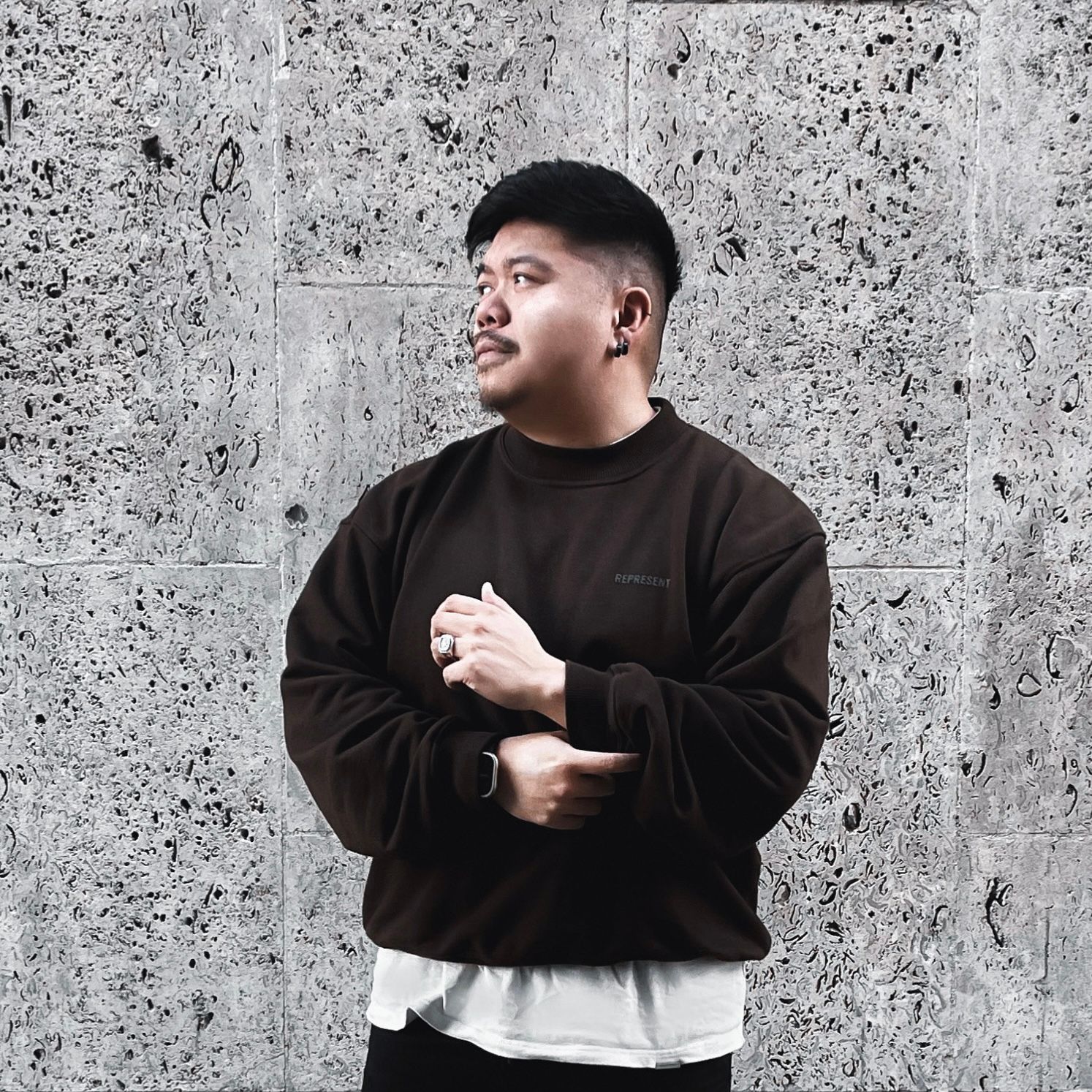
Adam Cheung is a writer and editor who specialises in sneakers and streetwear. Over the past few years, he's curated features and guides for everyone from Burberry to Nike. Often travelling between the UK and Hong Kong, don't be too surprised if you find Adam anywhere else around the world taking street photography or feasting on the local delicacies.
